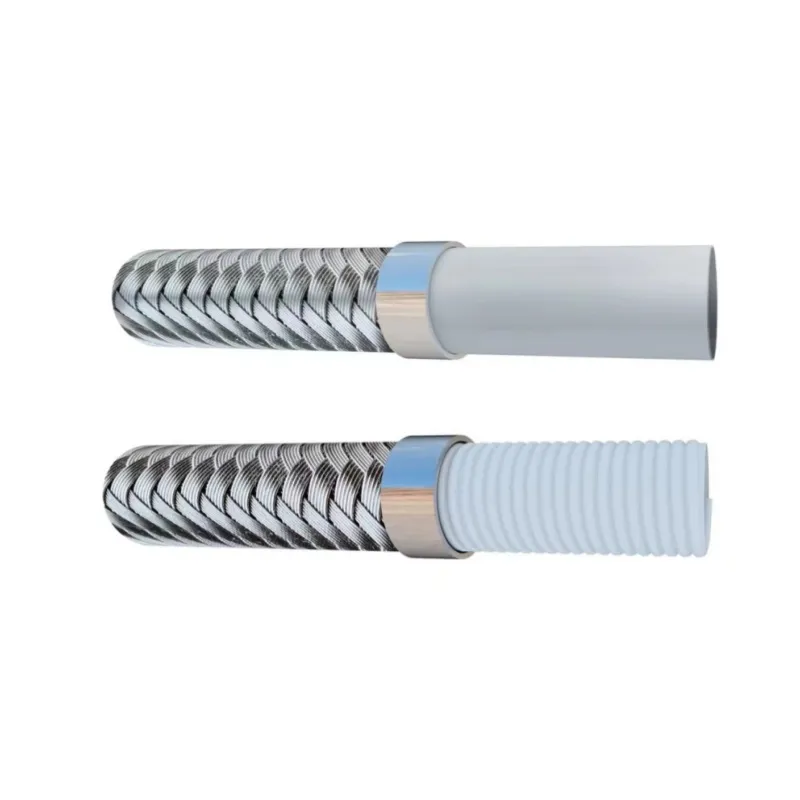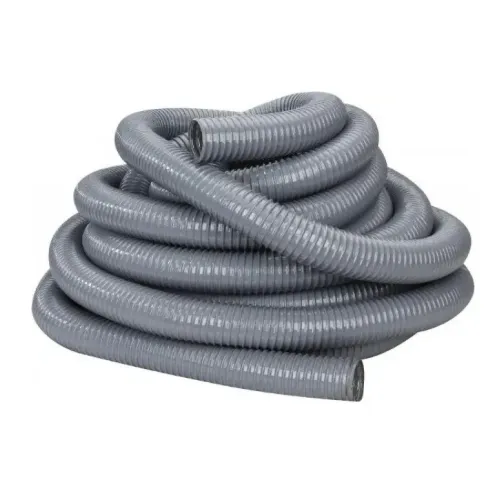
- Afrikaans
- Albanian
- Amharic
- Arabic
- Armenian
- Azerbaijani
- Basque
- Belarusian
- Bengali
- Bosnian
- Bulgarian
- Catalan
- Cebuano
- Corsican
- Croatian
- Czech
- Danish
- Dutch
- English
- Esperanto
- Estonian
- Finnish
- French
- Frisian
- Galician
- Georgian
- German
- Greek
- Gujarati
- haitian_creole
- hausa
- hawaiian
- Hebrew
- Hindi
- Miao
- Hungarian
- Icelandic
- igbo
- Indonesian
- irish
- Italian
- Japanese
- Javanese
- Kannada
- kazakh
- Khmer
- Rwandese
- Korean
- Kurdish
- Kyrgyz
- Lao
- Latin
- Latvian
- Lithuanian
- Luxembourgish
- Macedonian
- Malgashi
- Malay
- Malayalam
- Maltese
- Maori
- Marathi
- Mongolian
- Myanmar
- Nepali
- Norwegian
- Norwegian
- Occitan
- Pashto
- Persian
- Polish
- Portuguese
- Punjabi
- Romanian
- Russian
- Samoan
- scottish-gaelic
- Serbian
- Sesotho
- Shona
- Sindhi
- Sinhala
- Slovak
- Slovenian
- Somali
- Spanish
- Sundanese
- Swahili
- Swedish
- Tagalog
- Tajik
- Tamil
- Tatar
- Telugu
- Thai
- Turkish
- Turkmen
- Ukrainian
- Urdu
- Uighur
- Uzbek
- Vietnamese
- Welsh
- Bantu
- Yiddish
- Yoruba
- Zulu

máj . 07, 2025 16:47 Back to list
1.5 Fuel Hose - High-Temp & Fuel Resistant Durable Injection & Filler Hose
- Overview of 1.5 Fuel Hose Applications in Modern Industries
- Technical Advantages: Fuel Resistance and High-Temperature Performance
- Comparative Analysis: Leading Manufacturers and Product Specifications
- Custom Solutions for Fuel Injection and Filler Systems
- Case Study: Implementing 2-Inch Fuel Filler Hose in Automotive Manufacturing
- Industry Standards and Compliance for Fuel Hose Safety
- Future Trends in Fuel Hose Technology and Material Innovation

(1.5 fuel hose)
1.5 Fuel Hose: Powering Efficiency Across Industrial Applications
The 1.5 fuel hose
has become a critical component in industries requiring precision fluid transfer, from automotive fuel injection to aerospace hydraulics. Engineered to withstand pressures up to 250 PSI and temperatures ranging from -40°F to 300°F, these hoses combine flexibility with industrial-grade durability. Recent data shows a 22% annual growth in demand for specialized fuel hoses, driven by stricter emission regulations and the rise of high-performance engines.
Technical Advantages: Fuel Resistance and High-Temperature Performance
Modern high-temperature fuel hose designs utilize multilayer construction:
- Inner layer: Fluorocarbon-based compounds resistant to ethanol-blended fuels
- Reinforcement: Stainless steel wire braid with 360° pressure distribution
- External coating: Abrasion-resistant thermoplastic with UV stabilization
Comparative Analysis: Leading Manufacturers and Product Specifications
| Brand | Temp Range (°F) | Pressure Rating (PSI) | SAE Certification |
|---|---|---|---|
| Veyance HPX-15 | -65 to 325 | 275 | J30R9 |
| Gates 275FHT | -40 to 300 | 250 | J30R7 |
| Continental UltraFlex | -50 to 315 | 300 | J30R10 |
Custom Solutions for Fuel Injection and Filler Systems
Specialized fuel hose for fuel injection systems now incorporate:
- Electrostatic dissipative cores (surface resistivity <10^4 Ω/sq)
- Low-permeation barriers reducing VOC emissions by 85%
- Precision-molded connectors with 360° swivel capability
Case Study: Implementing 2-Inch Fuel Filler Hose in Automotive Manufacturing
A major European automaker reduced assembly line downtime by 40% after switching to 2 inch fuel filler hose with:
- Quick-connect fittings reducing installation time by 55%
- Anti-kink spiral reinforcement
- SAE J30R12 compliance for diesel/biodiesel compatibility
Industry Standards and Compliance for Fuel Hose Safety
Global certifications now mandate:
- ISO 19005-3 for biofuel compatibility
- REACH SVHC compliance for chemical safety
- UL 330 testing for static conductivity
1.5 Fuel Hose Innovations: Next-Generation Material Development
Emerging technologies in fuel-resistant hose manufacturing include:
- Graphene-enhanced liners improving abrasion resistance by 70%
- Self-monitoring smart hoses with embedded pressure sensors
- Bio-based polymers reducing carbon footprint by 45%

(1.5 fuel hose)
FAQS on 1.5 fuel hose
Q: What are the key features of a 1.5 fuel hose with fuel resistance and high-temperature tolerance?
A: A 1.5 fuel hose designed for fuel resistance and high temperatures typically uses materials like NBR or FKM, withstands temperatures up to 302°F (150°C), and resists degradation from gasoline, diesel, or ethanol blends.
Q: Can a 1.5 fuel hose be used for fuel injection systems?
A: Yes, a 1.5 fuel hose rated for fuel injection systems must handle high pressure (up to 100 PSI or more) and include reinforcement layers to prevent swelling or leaks under injector-specific conditions.
Q: What’s the difference between a 1.5 fuel hose and a 2-inch fuel filler hose?
A: A 1.5 fuel hose is narrower for fuel line routing, while a 2-inch fuel filler hose is wider for faster fueling applications, like connecting gas tanks to filler necks, and often includes abrasion-resistant exteriors.
Q: How do I choose a high-temperature 1.5 fuel hose for automotive use?
A: Ensure the hose meets SAE J30R9 or R14 standards, has a temperature range of -40°F to 302°F (-40°C to 150°C), and is compatible with your vehicle’s fuel type and emission system requirements.
Q: Is a 1.5 fuel hose suitable for diesel and gasoline in high-heat engine bays?
A: Yes, if labeled “high-temperature,” it should resist both fuels and heat. Opt for hoses with steel braiding or thermoplastic coatings for added durability near exhaust components.
Latest News
Steel Wire Reinforced Hydraulic Hose SAE 100 R1 / EN853 1SN S
NewsOct.17,2024
Two Layers Steel Wire Reinforced Hydraulic Hose SAE 100 R2 / EN853 2SN
NewsSep.03,2024
Textile Braid Reinforced Hydraulic Hose SAE100 R3+R6
NewsSep.03,2024
Textile Reinforced Hydraulic oil Suction Hose with embedded Steel Wire SAE 100 R4
NewsSep.03,2024
Single Wire Braid and Textile Covered Hydraulic Hose SAE 100 R5
NewsSep.03,2024
High Pressure Thermoplastic Hydraulic Hose SAE 100 R7 / EN855 R7 - SAE 100 R8 / EN855 R8
NewsSep.03,2024
Heavy Duty Four-layer Steel Wire Spiral Reinforced Hydraulic Hose SAE100R9+R10+R12
NewsSep.03,2024
Heavy Duty Multi-layer Steel Wire Reinforced Hydraulic Hose SAE100R13 SAE100R15
NewsSep.03,2024
Latest Products










